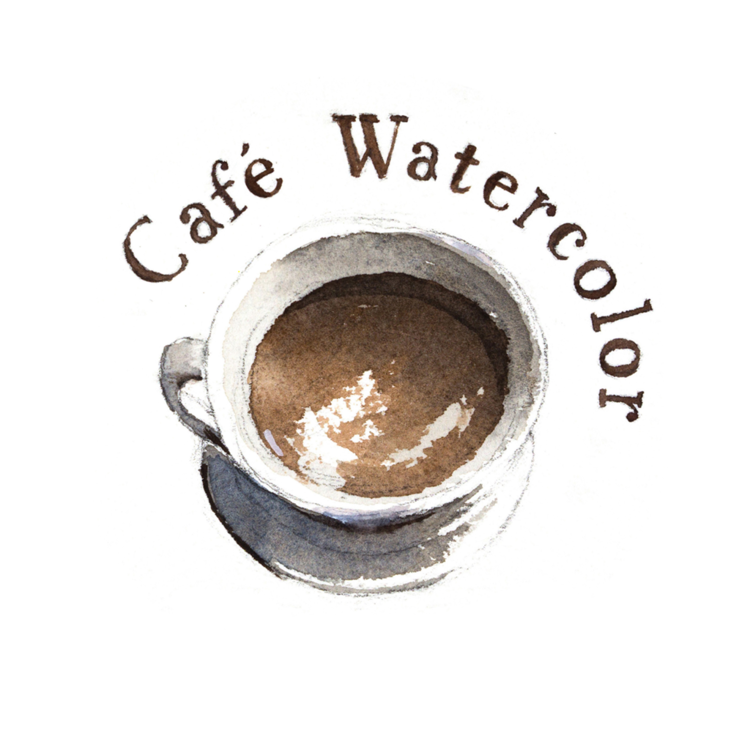When you pick the wrong subject, you have an uphill battle. While I do believe no subject is inherently bad, not all subjects are suitable for you. We all have different strengths and weaknesses when it comes to painting. So today, let’s talk about a few tips about choosing your subject. There were quite a few times when I thought something could be a great subject end up looking terrible in my painting. And on the other hand, there were things that I thought looks really boring in real life, end up looking great in painting. While there are still some mysteries when it comes to picking the right subject for you, there are a few things to consider:
Don’t look for the obvious - This is one of the biggest mistakes people make. And I make that mistake sometimes as well. Something looks stunning in real life might not be a good subject for painting. Things like amazing cloudscape in the sunset, vast mountain range, or field of flowers. These are beautiful sights to behold in person but as a painting, it doesn’t work as well. Part of the reason is that it is very difficult to reproduce that in-person experience with a painting. Also, those are the obvious beauty that people tend to look at and celebrate. So it’s very hard to do them justice in painting. Rather, look for something that’s people tend to ignore, but tells a more intimate story. It could be a house around your neighborhood, one of the local coffee shops, a quiet street, or a small barn somewhere. They can all potentially be great subjects to paint. So, don’t look for the obvious beauty, and don’t ignore the everyday extraordinary. Now, that doesn’t mean there’s no artist who does those magnificent sceneries well, in fact, there are quite a few artists who do those very well. And I have great respect for them. But for me, I don’t have the confidence to do those types of subjects myself, and I personally feel it is less personal and relatable.
Look for strong shape - Readability is very important for a good painting. And having strong shapes in your painting is the key to that. It can be a positive or a negative shape. And I’m not talking about a specific object like a building or tree. I’m talking about the big shape. This is what I mean when I say to connect the shapes when I am painting. We are trying to paint a big major shape rather than individual small shapes. Maybe you did find the shape of a specific area in your scene appealing. If that’s the case, crop the image. There’s no hard-set rule saying that you have to paint everything in the scene.
Envision - Can you do it? In other words, can you envision yourself painting this particular picture? If the answer is no, that means you might not be there just yet. And that’s completely fine. I have many reference photos that I thought can potentially be a good painting subject, but I just cannot see it. Maybe one day as I progress as an artist, I will be able to interpret that into a painting. But if you find a scene that you can at least somewhat envision a painting out of it, that means you have a higher chance of success. Then you should start planning your approach, and go for it.
About 2 weeks ago I went to Lake Washington in Kirkland with my family. I’ve been there many, many times. It’s a beautiful lake and every time I go there I feel great. So there I was, looking for a subject to paint next to the lake. The first trap is to paint the lake itself. Because that’s what everyone is there for. So we all have the perception that the lake is the main character here. But as I turn around I see this view. And I immediately realized that I found the subject. It has a strong shape, and I can imagine it being a painting. This small building set up as a perfect point of interest. What is that building? It is a public restroom. Now it might sound weird to paint a restroom. Everyone is there to see the lake, that’s the obvious beauty, nobody is there to see the public restroom. But when it comes to painting, this building and the trees make a good major shape. And I still have the lake in the painting to tell the story, but it’s no longer the focus of the painting.
The importance of picking the right subject for you can not be understated. You really want to pick a subject that you can tackle. If you start painting it just because you find it pretty, you might end up with a painting you are not happy with, and worse, you will start comparing your painting to the subject and feel utterly defeated. So don’t do that to yourself, choose your subject wisely, and enjoy painting it.

